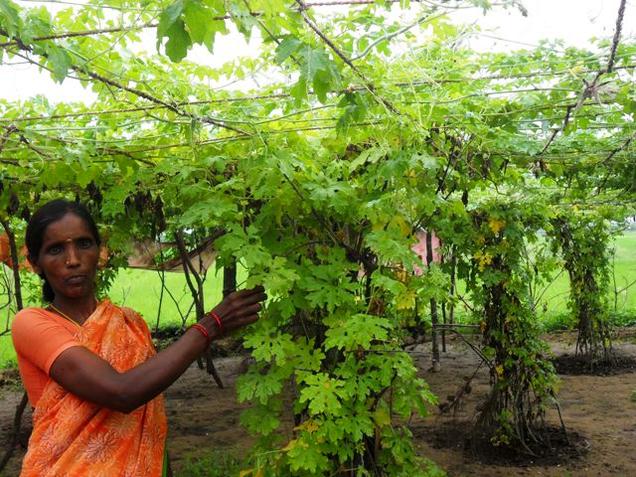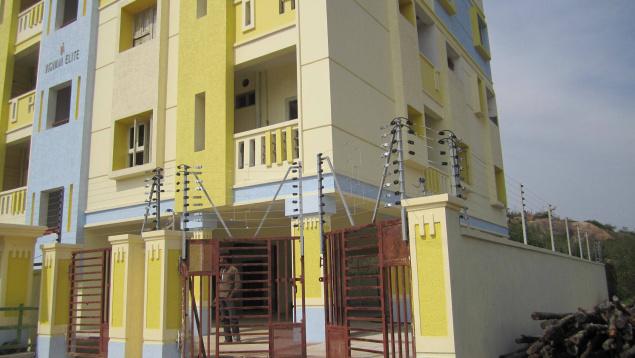
Turn their patches of land into vegetable fields and make money round the year
Women have turned into successful farmers by developing their small holdings that were not viable to grow paddy into vegetable fields and making money round the year at Pilarichettipalem of Machilipatnam rural mandal in Krishna District.
Among the 40 women farmers engaged in producing a dozen varieties of vegetables, including leaf vegetables, most of them are landless who entered into tenancy in recent times.
Men help out
“Earlier the small holdings, not exceeding 5 cents in and around the village, were either left without any cultivation or used for cattle ground. Now, the average monthly profit has touched to Rs 5,000 to Rs 6,000 on these fields,” P. Krishna Kumari, who raises bitter gourd told The Hindu.
The women grow vegetables such as bitter gourd, ladyfinger, drumstick, green chilli to amaranth and sorrel leaves based on the weather conditions. At a distance of barely 5 km from the Krishna District headquarters, Machilipatnam, the men from these families join hands to take the produce to the market and sell at remunerative prices.
“The practice is merely to generate additional income for the family and not to lose the benefit from the fertile soil. It is clearly evident that major crops cannot be raised on these holdings due to rising input cost and thus vegetable farming has been proved viable and lucrative,” said another farmer, Yelagani Nagamani, a regular worker in the imitation jewellery industry.
Like Nagamani, every woman active in vegetable farming also had an additional source of income from cattle rearing too. Having gained experience, a clear competition exists among the women farmers on how best one can be innovative.
After the village witnessed a tremendous change brought by the women farmers, there were hardly any small holdings readily available to newcomers for farming.
“The tenancy rates have also gone up to Rs 2,500 to Rs 3,000 per year on any given small land in the village, witnessing a huge demand for them,” said other farmers.
source: http://www.thehindu.com / The Hindu / Home> News> Cities> Vijayawada / by T. Appala Naidu / Machilipatnam – September 25th, 2013







